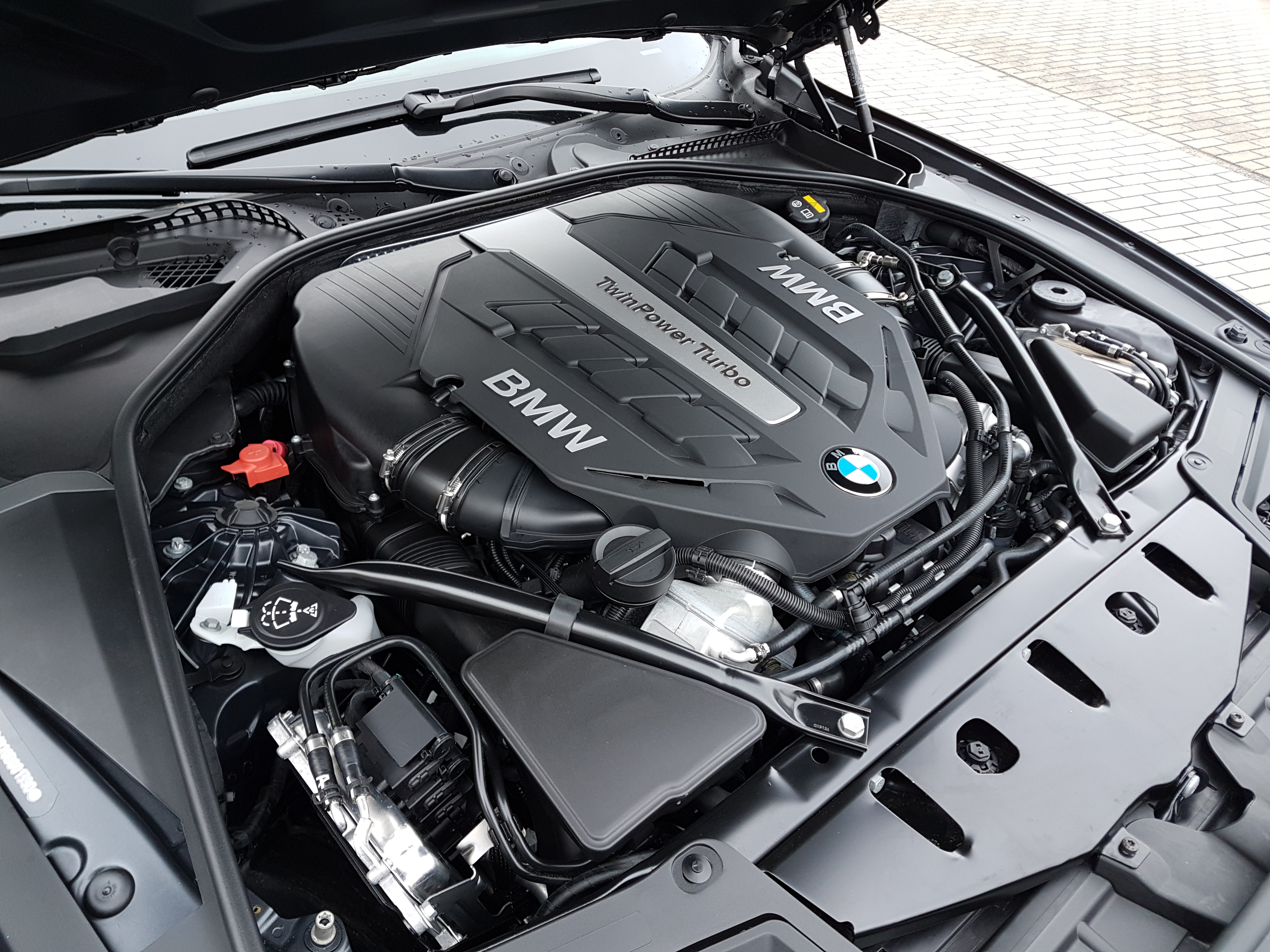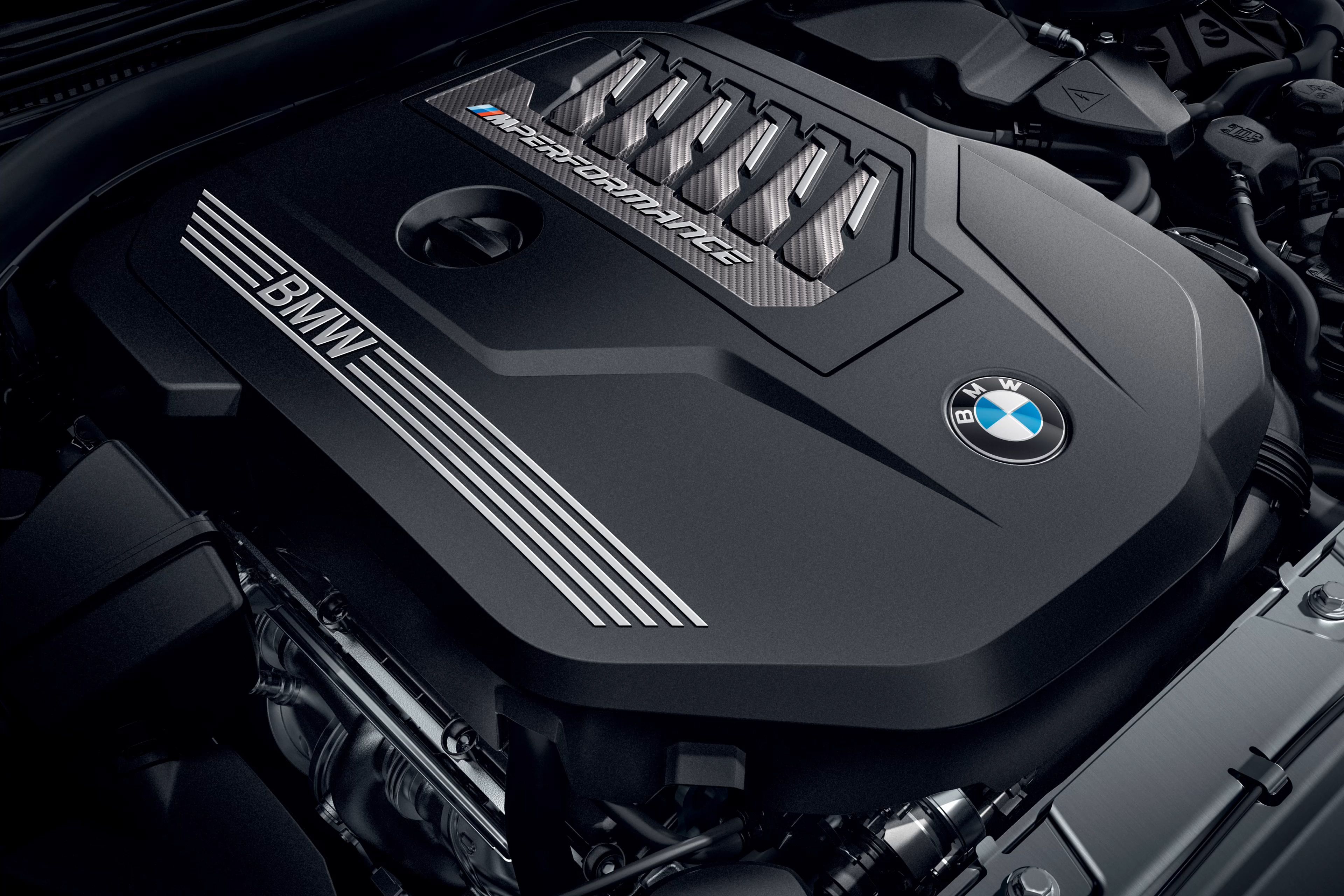Discovering the Performance Enhancements of the most up to date BMW Engine Models
Discovering the Performance Enhancements of the most up to date BMW Engine Models
Blog Article
Exploring the Evolution of Burning Engines in Modern Transport Solutions
As we navigate the landscape of contemporary transportation, the evolution of combustion engines stands as a testament to human ingenuity and engineering prowess. The interplay of history, innovation, and ecological concerns in shaping the trajectory of burning engines creates a narrative that is both insightful and compelling.
Early Beginnings of Combustion Engines
How did the principle of burning engines initial emerge in the onset of transport growth? The origins of burning engines can be traced back to the 17th century when the concepts of internal combustion were very first explored. In 1673, Christian Huygens conceived a standard inner combustion engine that made use of gunpowder to produce power. Nevertheless, it had not been until the late 19th century that practical applications of burning engines in transportation started to emerge.
The innovation minute included the innovation of the very first effective gasoline-powered engine by Karl Benz in 1885 - bmw engine. This engine led the way for the development of the modern vehicle, transforming transportation systems worldwide. Subsequent developments by Nikolaus Otto and Gottlieb Daimler additionally fine-tuned burning engine innovation, leading to the automation of automobiles and the quick growth of the transport sector
These early combustion engines were identified by their simplicity and efficiency, laying the foundation for the facility and effective engines used in contemporary transportation systems. The advancement of combustion engines has actually contributed in shaping the way we travel and transfer goods, marking a substantial turning point in the background of transport advancement.
Transition to Internal Combustion Modern Technology
The transition to interior burning technology marked a pivotal change in the development of transportation systems. This shift began in the late 19th century, with innovators like Nikolaus Otto and Gottlieb Daimler creating the first effective internal burning engines. These engines changed transport by providing a much more powerful and reliable choice to steam engines and electric motors.
Among the essential advantages of inner combustion engines was their capacity to be scaled down to match automobiles, bring about the advancement of motorcycles and autos. This shift from large, stationary engines to small, mobile ones paved the way for the contemporary transportation systems we see today.
The change to internal burning innovation additionally stimulated improvements in fuel modern technology, resulting in the advancement of gasoline and diesel as primary fuel resources for automobiles. This change not only made transportation a lot more accessible to the masses yet also laid the foundation for the oil and gas sector to come to be important to global economic climates.
Influence of Combustion Engines on Transport
The adoption of burning engines in transport systems militarized an extensive change in the performance and speed of worldwide mobility. Combustion engines changed transport by providing a flexible and reputable resource of power for different automobiles, including cars and trucks, ships, trucks, and planes. This technology considerably improved the ability for individuals and items to move over cross countries in shorter period, bring about boosted connectivity between regions and countries.
Additionally, the widespread use combustion engines has actually had a considerable impact on financial advancement. The capability to transfer products effectively has spurred trade and business, permitting companies to broaden their original site markets and get to customers worldwide. This has facilitated financial growth and globalization, as items can currently be transferred much faster and in bigger amounts than ever before.
However, the ecological influence of burning engines can not be overlooked. The burning of fossil gas has resulted in air pollution and greenhouse gas emissions, adding to environment change and posturing health risks to populations. bmw engine. Because of this, there is a growing emphasis on developing alternate propulsion modern technologies to mitigate these negative effects and produce a more lasting future for transportation
Innovations in Combustion Engine Style
One significant advancement is the growth of turbocharged engines, which use exhaust gases to drive a turbine that compresses inbound air, enabling index for even more fuel to be burnt, resulting in boosted power outcome without a considerable boost in engine dimension. Variable shutoff timing systems have actually likewise changed engine style by enhancing air flow at various engine rates, enhancing both power and efficiency. These technologies collectively contribute to the constant renovation of burning engines in contemporary transport systems.
Future Patterns in Combustion Engine Development
With technology advancements driving constant development, the future of combustion engine advancement is positioned to reinvent transport systems globally. One of the vital patterns in burning engine development is the push towards better effectiveness and minimized emissions.
An additional famous pattern is the fostering of crossbreed innovations in burning engines. Hybrid engines integrate conventional combustion technology with electric power, offering enhanced fuel effectiveness and reduced exhausts. As the auto sector changes towards electrification, crossbreed combustion engines are seen as a transitional service that bridges the space in between traditional cars and completely electric ones.
Moreover, the integration of wise innovations, such as expert system and information analytics, is anticipated to play a substantial role in the future of combustion engine development. These innovations can enhance engine performance in real-time, causing extra reliable combustion processes and boosted total automobile efficiency. Embracing these future fads will not just drive advancement in combustion engine advancement yet likewise add to an extra lasting and eco-friendly transport ecological community.

Conclusion
To conclude, the evolution of burning engines in contemporary transportation systems has actually been marked by considerable developments in modern technology click for source and layout. From the early beginnings of combustion engines to the change to internal burning innovation, these engines have actually had a profound influence on transport. Developments in burning engine style proceed to drive progress in this area, with future fads concentrating on additional improving performance and lowering exhausts. The future of combustion engines in transport looks promising as research and advancement efforts proceed to push boundaries.
The roots of combustion engines can be traced back to the 17th century when the concepts of inner combustion were first explored. These engines reinvented transportation by offering a more reliable and powerful alternative to vapor engines and electric motors.

Report this page